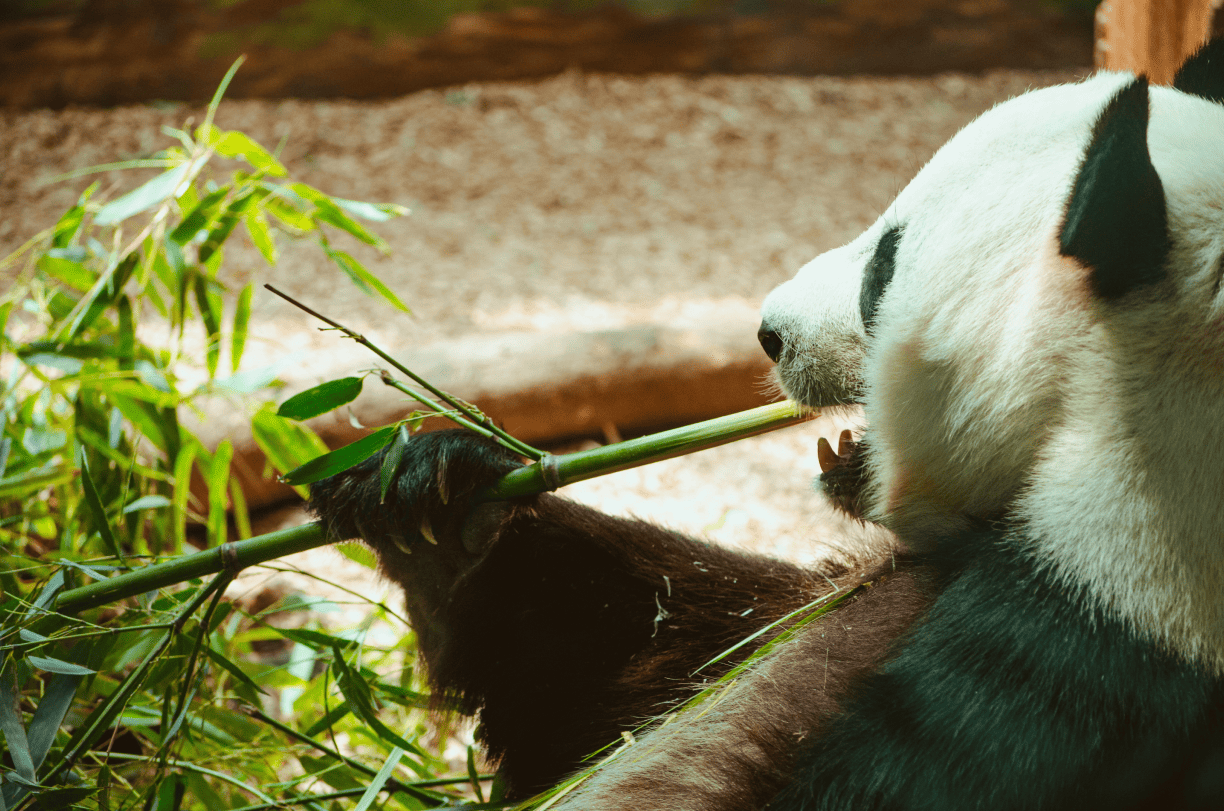
Reserves are essential for protecting endangered species and preserving biodiversity. They provide safe habitats for animals, support breeding programs, and help restore populations of species threatened by habitat loss, poaching, and climate change. Additionally, reserves contribute to maintaining ecological balance, which benefits all life on Earth.
Wildlife reserves are home to a wide variety of species, from mammals to birds, reptiles, and insects. Some iconic animals include the giant panda, snow leopard, African elephant, and white-handed gibbon. Reserves often focus on species native to their region, providing them with environments that mimic their natural habitats.
Reserves create safe environments for species to thrive, free from threats like hunting and deforestation. They often implement breeding programs, rehabilitate injured or orphaned animals, and reintroduce them into the wild. Conservationists in reserves also study animal behavior and genetics to improve protection strategies.
Yes! By visiting reserves, you support their funding and conservation projects. Many reserves offer volunteer programs where visitors can actively contribute to wildlife protection. Additionally, spreading awareness, adopting eco-friendly habits, and donating to conservation initiatives help ensure these natural havens continue to thrive.


